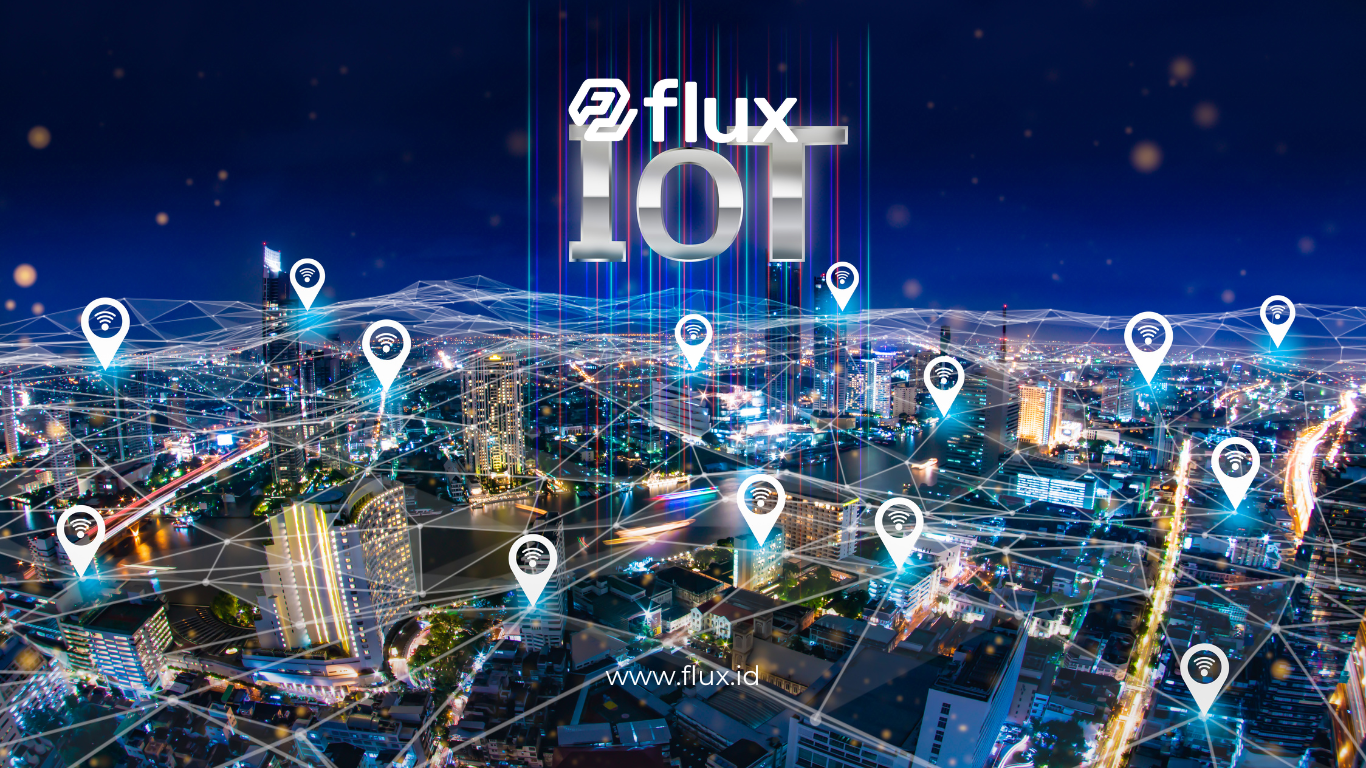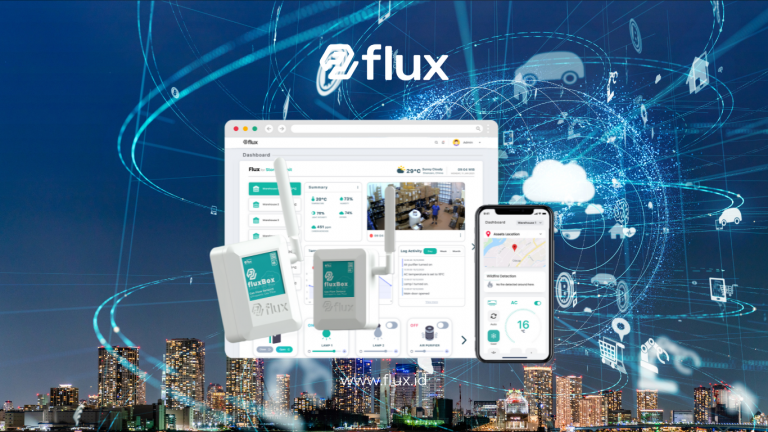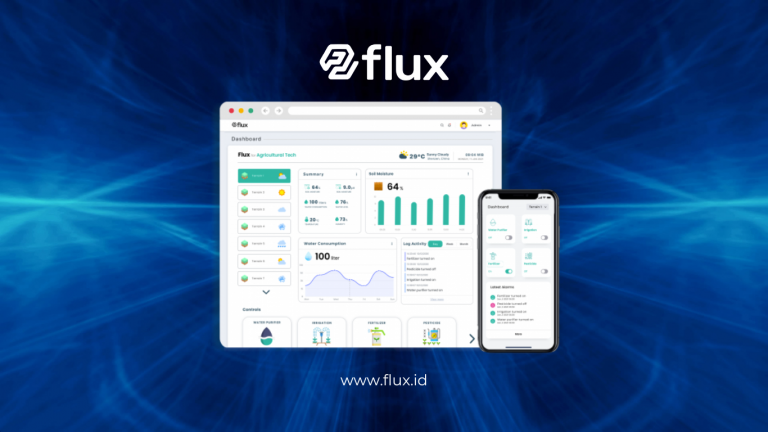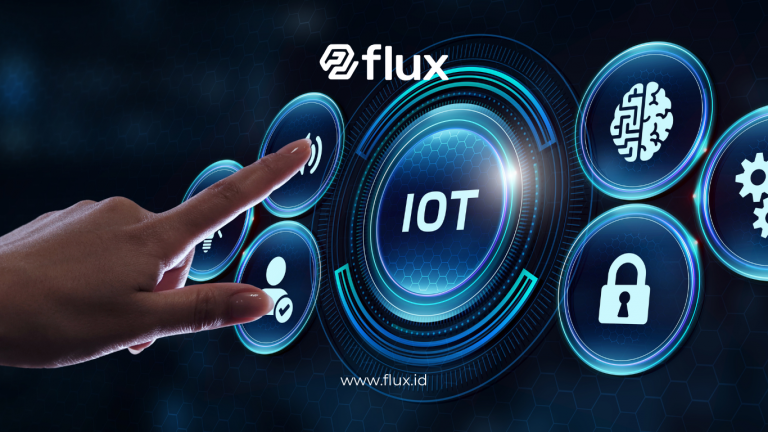Don't miss our holiday offer - 20% OFF!
The digital transformation in smart cities has become a key topic in the development of modern urban areas. By adopting Internet of Things (IoT) technology, cities worldwide are enhancing transportation efficiency, reducing congestion, and providing smarter and more responsive public services. This article will discuss the role of IoT in urban mobility, its benefits, implementation challenges, and examples of cities that have successfully adopted this technology.
Contents
What is a Smart City?
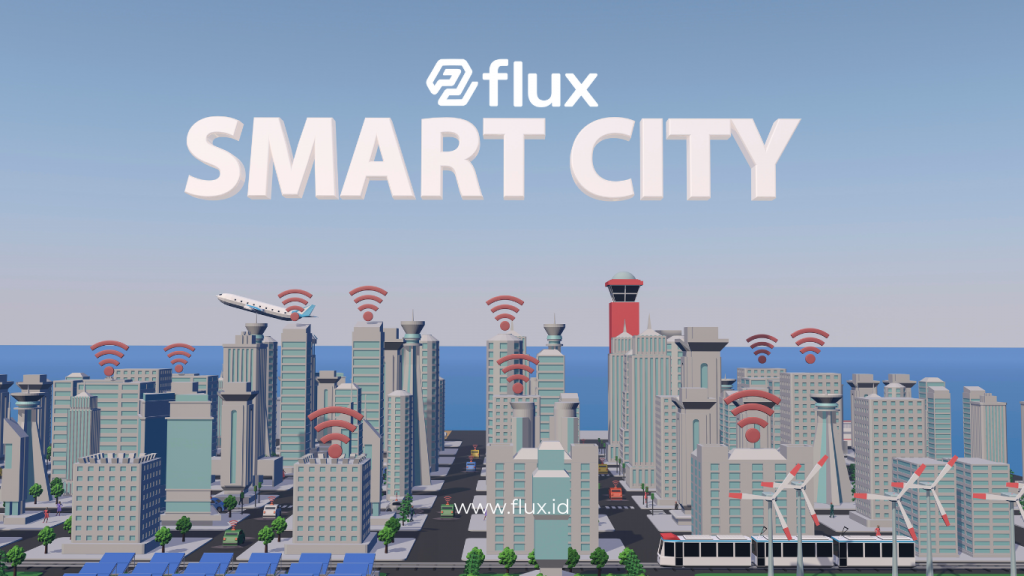
Read More: Smart City: Technological Solutions for Better Urban Living
A smart city is a concept of a city that uses digital technology and IoT to improve the quality of life of its citizens, the efficiency of public services, and environmental sustainability. This concept integrates sensors, smart devices, and data-driven management systems to create a city that is safer, cleaner, and more efficient.
The Role of IoT in Urban Mobility
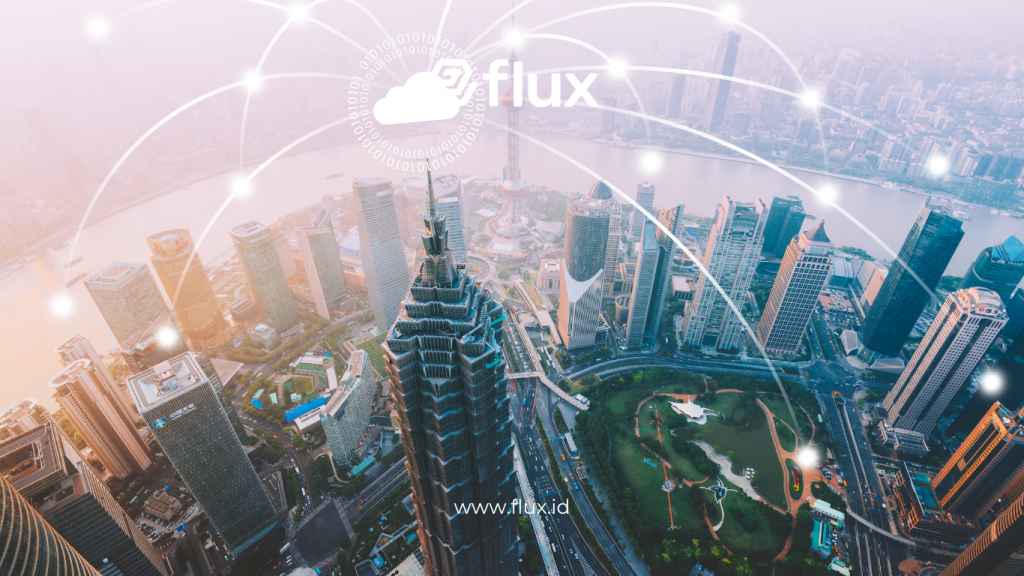
Read More: Mengoptimalkan Pelayanan Publik dengan Teknologi IoT di Era Smart City
The Internet of Things (IoT) plays a key role in urban mobility. With smart sensors, interconnected devices, and real-time data analytics, IoT enables smarter transportation management. Here are some of the key roles IoT plays in urban mobility:
1. Smart Traffic Management
- Traffic Sensors: Sensors on roads detect vehicle volume and send real-time data to traffic control centers.
- Adaptive Traffic Lights: IoT-based traffic lights can adjust green or red light durations based on traffic density.
- AI-Based Navigation: Navigation apps like Google Maps leverage IoT data to provide drivers with the fastest routes.
2. Smart Public Transportation Systems
- Real-Time Vehicle Tracking: Passengers can track the location of buses or trains in real-time through mobile apps.
- Digital Ticketing Management: IoT-based ticketing systems enable cashless payments through apps or smart cards.
- Route and Schedule Optimization: Data from IoT sensors allows for better route and schedule management of public transport.
3. Smart Parking Solutions
- Sensor-Based Parking Systems: Sensors in parking areas identify vacant slots and notify users via mobile apps.
- Online Parking Reservations: Drivers can reserve parking spots in advance using apps, reducing manual slot searching.
- Automated Payment Systems: Users can pay for parking fees cashlessly through apps or automatic billing systems.
4. Autonomous Vehicles and Ride-Sharing
- Autonomous Vehicles: Self-driving cars use sensors and IoT systems for automated navigation.
- Ride-Sharing Services: Ride-sharing platforms like Uber and Grab use IoT to automatically connect drivers and passengers.
Benefits of Digital Transformation in Urban Mobility
1. Reducing Traffic Congestion
With IoT-based traffic management, travel times can be optimized. Drivers are guided to the fastest routes based on real-time data, reducing travel time and traffic jams.
2. Improving Public Transport Efficiency
IoT-managed public transport can increase schedule efficiency, reduce passenger wait times, and minimize operational disruptions.
3. Enhancing User Experience
Real-time vehicle tracking and online parking reservations provide convenience for users of public transport and private vehicles.
4. Reducing Carbon Emissions
Efficient urban mobility reduces vehicle emissions, aligning with sustainability goals in smart cities.
Challenges of IoT Implementation in Urban Mobility
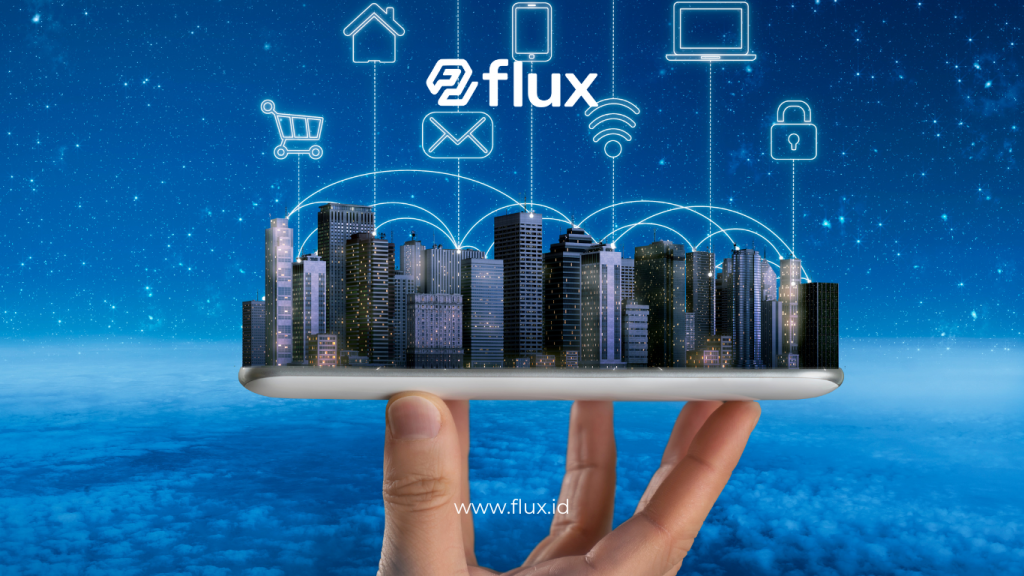
Read More: Smart City Infrastructure: Advanced Technology for an Easier and Safer Life
1. Data Security and Privacy
Real-time data collection from IoT devices may pose risks of data breaches and user privacy issues.
2. Cost and Infrastructure
Installing sensors, developing apps, and maintaining IoT infrastructure require significant investment.
3. System Interoperability
IoT systems from different vendors must integrate to function effectively.
4. Network Dependency
Stable internet connectivity is crucial, especially in areas where network infrastructure is still underdeveloped.
Examples of IoT Implementation in Urban Mobility
1. Singapore
Singapore uses an IoT-based traffic management system with traffic sensors, smart parking management, and real-time public transport tracking.
2. Barcelona
Barcelona has a smart parking system with sensors that allow drivers to find vacant parking slots through an app.
3. Jakarta
Jakarta has adopted IoT-based transportation integration with the TransJakarta bus service, allowing users to track buses in real-time via a mobile app.
Conclusion
The digital transformation of smart cities by harnessing IoT has brought significant benefits to urban mobility. From traffic management to smart parking and public transportation, IoT is making cities more efficient, environmentally friendly, and convenient for residents. Despite challenges such as data security and infrastructure costs, successful examples from cities like Singapore and Barcelona demonstrate that the benefits far outweigh the risks. With proper planning and collaboration among governments, private sectors, and communities, better urban mobility can be achieved.


